The Common Cold is a prevalent upper respiratory tract infection. It typically occurs during the fall and winter seasons. We associate it with mainly a runny nose and cough.
Specialists believe that there are over 200 viruses that cause the common cold, with the following being the most common:
The multitude of viruses makes it impossible to develop a vaccine against the common cold and the disease catches us several times a year.
Most often, children catch a cold – they have 2-3 times more infections than adults. Adults get sick on average 2-4 times a year, and the elderly 0.5-1 time a year.
Why does the incidence of colds decrease with age? Because the immune system learns to deal with more and more viruses over time.
Viruses causing colds are transmitted by droplets – the sick, coughing or sneezing, sprays little droplets of respiratory secretions containing viruses and by contact with infected objects – some viruses can survive for several hours, e.g., on door handles, telephone handsets, handrails, etc., therefore hand hygiene is significant.
Infectious diseases of the respiratory system include the flu![]() and the common cold. The difference is that their cause is various. Influenza viruses cause the flu, which is an infectious illness. The common cold can be caused
and the common cold. The difference is that their cause is various. Influenza viruses cause the flu, which is an infectious illness. The common cold can be caused![]() by different viruses – as mentioned above.
by different viruses – as mentioned above.
It is challenging to distinguish between the flu and the common cold based only on their symptoms since they both have similar symptoms.
Flu symptoms![]() may include:
may include:
In general, the flu is worse than the common cold, and the symptoms are usually more intense and start more violently. Colds are usually milder than the flu. People with a cold are more likely to have a runny or stuffy nose than people with the flu. In general, colds do not lead to severe health issues such as pneumonia, bacterial infections, or hospitalization. While influenza can be associated with severe complications![]() .
.
The disease begins slowly – it develops over several days. The initial symptoms of a common cold![]() are fatigue and apathy, which are generally not associated with the disease.
are fatigue and apathy, which are generally not associated with the disease.
Sneezing, softening of the mucous membrane of the throat, and pain, followed by watery nasal discharge are ways to remove viruses that our body uses.
However, when there is a scratchy throat and sneezing, you can suspect that you are developing a cold. Its first phase is the moment when the viruses multiply and penetrate the mucous membranes, provoking a defensive reaction. Regardless of the type of virus, the symptoms of the common cold are similar each time:
Contact your doctor when:
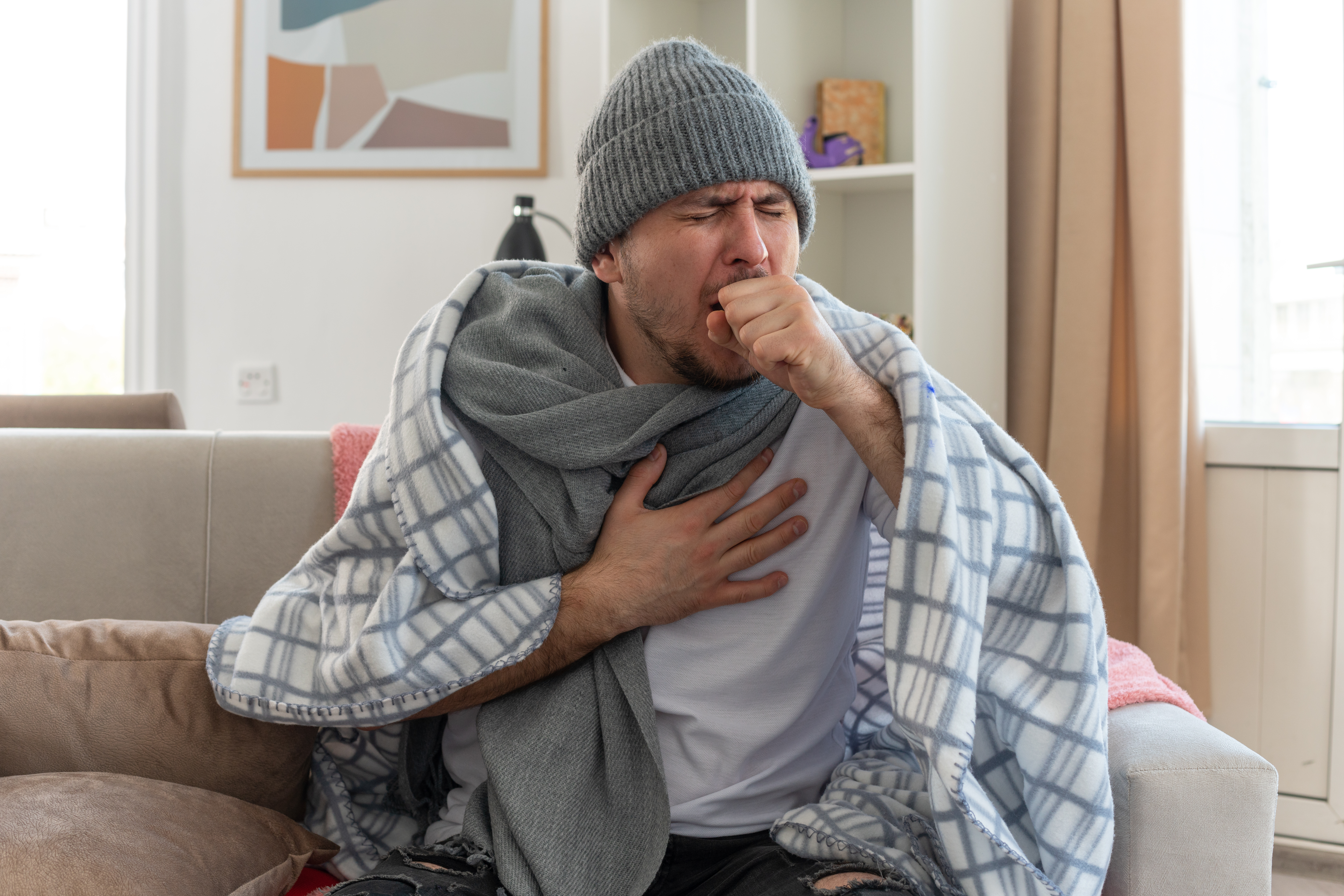
The average cold lasts 7-10 days![]() . The recovery time and specific progression of a cold can vary based on various factors, such as:
. The recovery time and specific progression of a cold can vary based on various factors, such as:
The typical four stages of a cold include the following:
Some people who recover may develop a post-infectious cough. A persistent cough lasts more than three weeks and continues for up to eight weeks after an upper respiratory virus infection. People with post-infectious cough are usually not contagious as long as other symptoms have subsided. Still, it's significant to visit your doctor to rule out other cold-related complications.
Treating a common cold![]() is focused on alleviating its symptoms and taking steps to avoid complications.
is focused on alleviating its symptoms and taking steps to avoid complications.
First of all, you need to slow down, rest a lot, if necessary – go to bed for 1-2 days.
A cold caused by an attack of viruses forces the body to work hard, so it should not be burdened with anything additional. You should drink a lot – preferably mineral water (at room temperature), tea with lemon, and herbal and fruit teas. Preferably warming and diaphoretic because it helps the body get rid of viruses and their metabolic products.
Fever and pain associated with a cold can be relieved with medicaments, e.g., with analgesic and anti-inflammatory effects.
The runny nose that accompanies a cold is watery at first, then thickens and makes breathing difficult. The symptoms of a runny nose will be relieved by vasoconstrictor drops and reducing the swelling of the nasal mucosa. Aerosols with sea water are very useful because they clear the airways and moisturize the mucous membranes dried by infection. In addition, you can take oral decongestants of the nasal mucosa containing pseudoephedrine or antihistamines![]() .
.
You should avoid preparations containing both an antitussive and an expectorant.
Coughing with a cold can be very tiring, but does not suppress the cough reflex – the point is to remove secretions from the respiratory tract as effectively as possible. So if you reach for the syrup, it should be an expectorant or mucus thinner, ideally with anti-inflammatory, protective, and bactericidal properties.
Antibiotics![]() in the treatment of colds are not effective and should not be taken until there is a bacterial superinfection – only then the doctor can decide on the need to administer them.
in the treatment of colds are not effective and should not be taken until there is a bacterial superinfection – only then the doctor can decide on the need to administer them.
Hoarseness and sore throat can be relieved by lozenges if you start taking them before the infection develops, i.e., at the first symptoms, e.g., scratchy throat. Sucking pills before visiting the doctor can change the appearance of the mucosa and make it difficult to make a proper diagnosis.
Many people, instead of buying several drugs, choose multi-ingredient preparations. They usually contain 2-3 various medicaments, which effects may be mutually exclusive. If you decide to use them, read the leaflet carefully and do not mix different preparations.
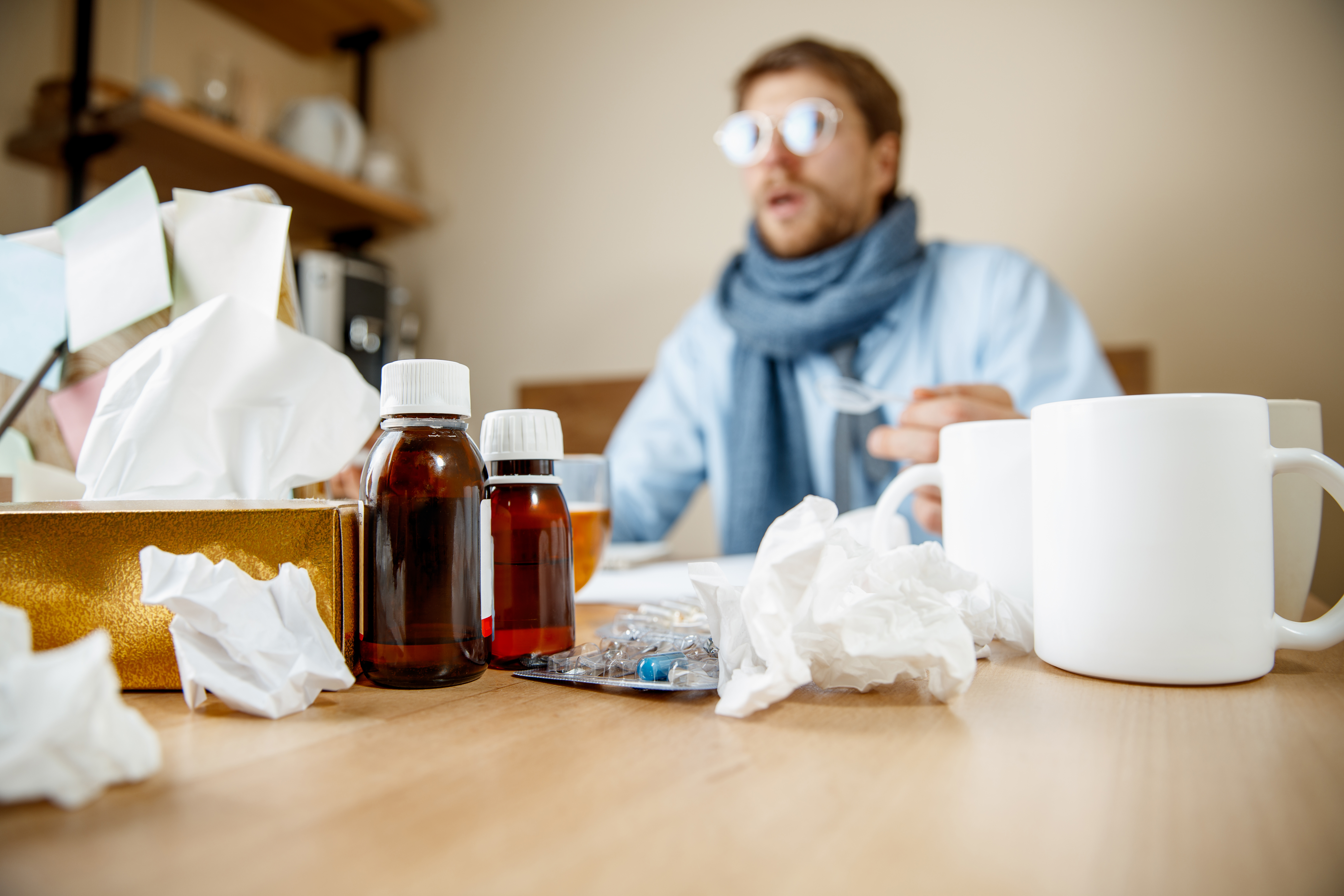
For starters, it is worth reaching for home remedies for a common cold![]() . They will help to unclog a stuffy nose, reduce elevated temperature and relieve hoarseness or cough – typical symptoms of colds. The most common home remedies for colds include tea with ginger, honey with milk or garlic, herbs, goose lard, broth, and mulled wine or vodka with pepper.
. They will help to unclog a stuffy nose, reduce elevated temperature and relieve hoarseness or cough – typical symptoms of colds. The most common home remedies for colds include tea with ginger, honey with milk or garlic, herbs, goose lard, broth, and mulled wine or vodka with pepper.
On the other hand, always ask your doctor about the safety of these methods. Not all common cold remedies are effective. Some of them do not help and even harm. Check what is worth using during cold and which measures are ineffective. Even though they may seem helpful, specialists usually recommend verified medicines for colds.
Hot drinks, e.g., with ginger![]() or raspberry juice
or raspberry juice![]() , can help with a common cold. Raspberry juice and ginger infusion are rich in anti-inflammatory substances and have antipyretic properties. To find out, try this ginger drink recipe for colds.
, can help with a common cold. Raspberry juice and ginger infusion are rich in anti-inflammatory substances and have antipyretic properties. To find out, try this ginger drink recipe for colds.
Peel the ginger and lemon, cut them into thin slices, put them in a glass, and pour hot water. Cover the glass and leave for 15 minutes. Before drinking, add honey to the cooled-down drink and mix everything thoroughly.
A warming ointment![]() for colds should contain eucalyptus extract, menthol, thyme, or camphor.
for colds should contain eucalyptus extract, menthol, thyme, or camphor.
Warming ointment for colds should be rubbed into the skin of the chest and back 2-4 times a day. It's significant to be aware that this particular ointment is not suitable for children under five years old.
Another home remedy for colds is milk with honey![]() or milk with garlic
or milk with garlic![]() . Which product for colds to choose? It is best to reach for linden honey, which has antipyretic and expectorant properties. Acacia honey will also ease the symptoms of a cold. In inflammation of the respiratory tract, rapeseed, manuka, and heather honey is also good choice.
. Which product for colds to choose? It is best to reach for linden honey, which has antipyretic and expectorant properties. Acacia honey will also ease the symptoms of a cold. In inflammation of the respiratory tract, rapeseed, manuka, and heather honey is also good choice.
Some advise sick people to drink honey with milk 1-2 times a day. However, supporters of Chinese medicine recommend not to overdo it with the amount of milk drunk during a cold, as it is considered to be cooling the body.
Some say that the best remedy for cold is alcohol – mulled wine, vodka with pepper, or grog (rum or other strong drink, diluted with water). It allows you to warm up and fight the infection faster. However, experts argue that this type of liquor does not fight viruses and therefore the cause of disease.
You should not exaggerate the amount of alcohol consumed during an infection because it promotes fluid loss from the body, and during illness, the body must be well hydrated to have the strength to fight pathogens. A few spoons of high-proof liquor added to tea is enough.
Most patients reach for lime![]() because it is widely believed that it supports the fight against colds. Meanwhile, such action of lime has not been proven. What's more, it has been shown that lime thickens the secretion, which makes it difficult to expectorate, so it is better not to reach for it during respiratory tract infections.
because it is widely believed that it supports the fight against colds. Meanwhile, such action of lime has not been proven. What's more, it has been shown that lime thickens the secretion, which makes it difficult to expectorate, so it is better not to reach for it during respiratory tract infections.
Some herbs![]() are also great for colds, such as:
are also great for colds, such as:
They will relieve cough and persistent runny nose. In addition, they have an antipyretic effect.
On their basis, you can prepare medicinal decoctions and teas, e.g., chamomile tea for colds. Just pour a teaspoon of dried herbs into a glass, pour hot water, and leave covered for 10 minutes. After this time, add a slice of lemon and a teaspoon of honey to the infusion and mix.

The presence of viruses that circulate between people does not mean that it is impossible to avoid colds. The greater the body's resistance, the more difficult it is for viruses to override their defense mechanisms. If you don't want to catch a cold, follow these rules![]() :
:
Additionally, the quality of the air we inhale significantly affects the health of our respiratory system. Make sure that the air in the room where you are staying is correctly humidified. If you do not have a specialized humidifier, place a bowl of water near the radiator and add a few drops of your favorite essential oil to it. Remember to ventilate the apartment often, thanks to which you will reduce the amount of bacteria and viruses in your home.
The common cold is the most common infection of the upper respiratory tract. That is why it is rather difficult to avoid getting sick – each of us will sooner or later experience its unpleasant symptoms. However, by taking care of your health regularly, you can “strengthen” the body's immunity. Thanks to this, you will catch infections less often, and if you do get sick, your symptoms will be milder.
Table of Contents
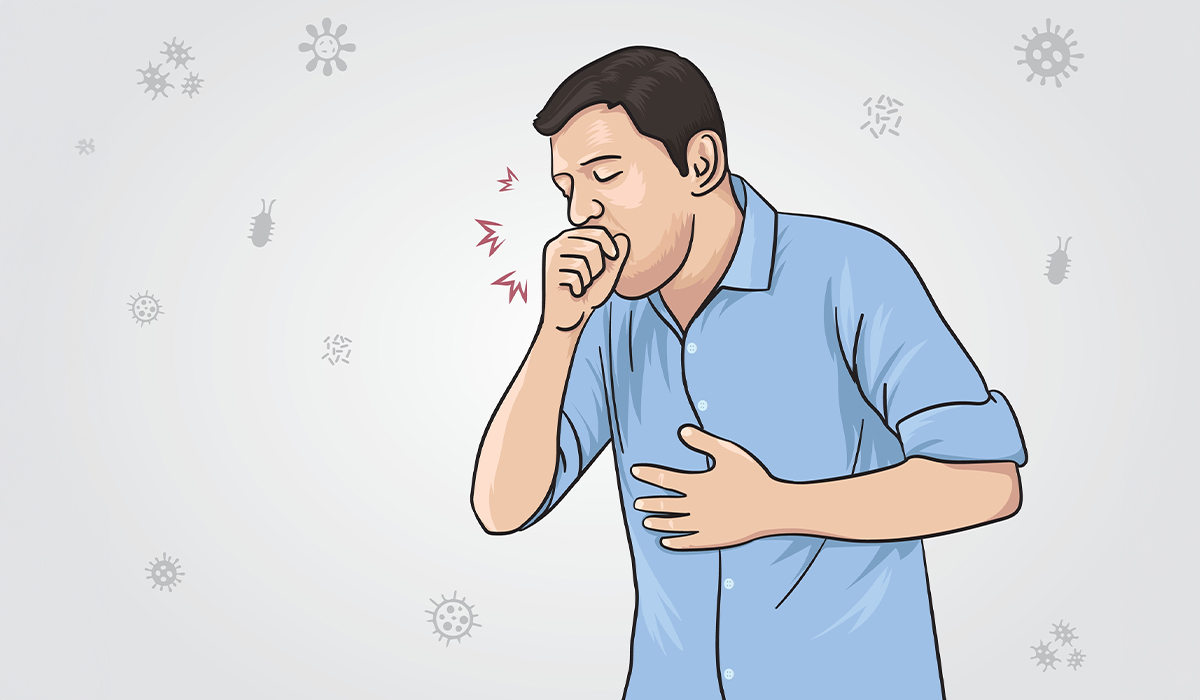
A dry cough is a situation in which the cough does not produce any secretions. What is it a symptom… read more »
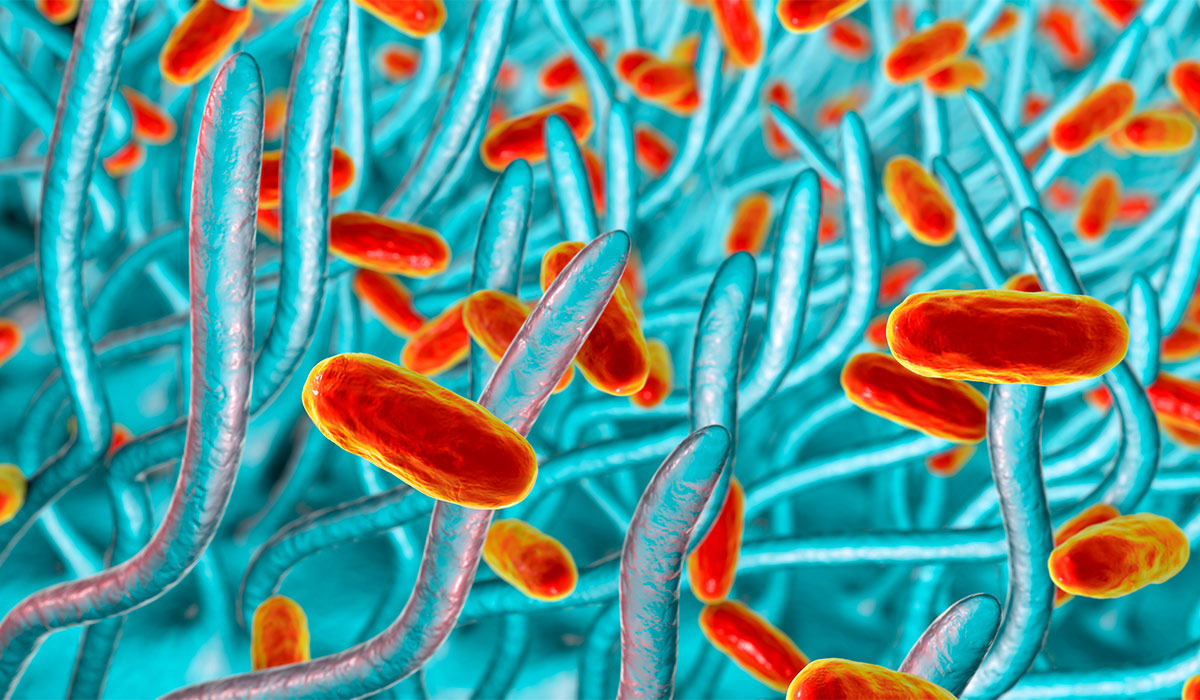
Whooping cough is an acute infectious disease of the respiratory system caused by bacteria. What are its causes and symptoms?… read more »

A runny is a common symptom characterized by the discharge of mucus from the nasal passages. How to deal with… read more »
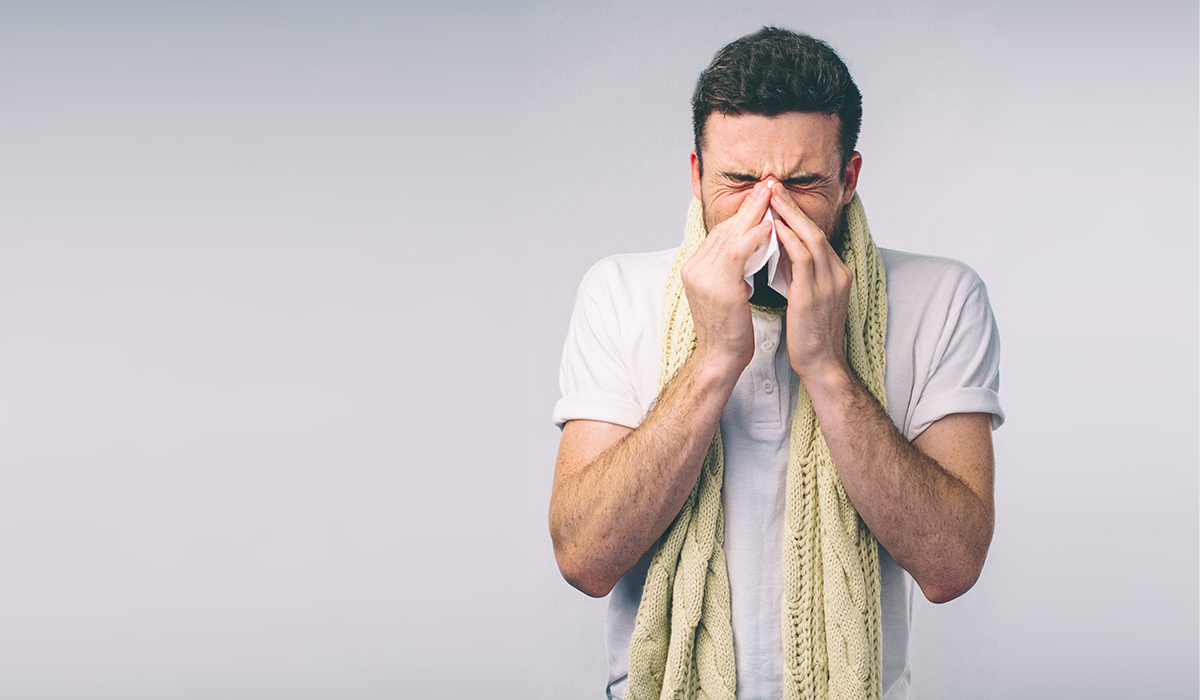
Influenza is a viral infection that can lead to severe and life-threatening complications. It can be confused with a common… read more »
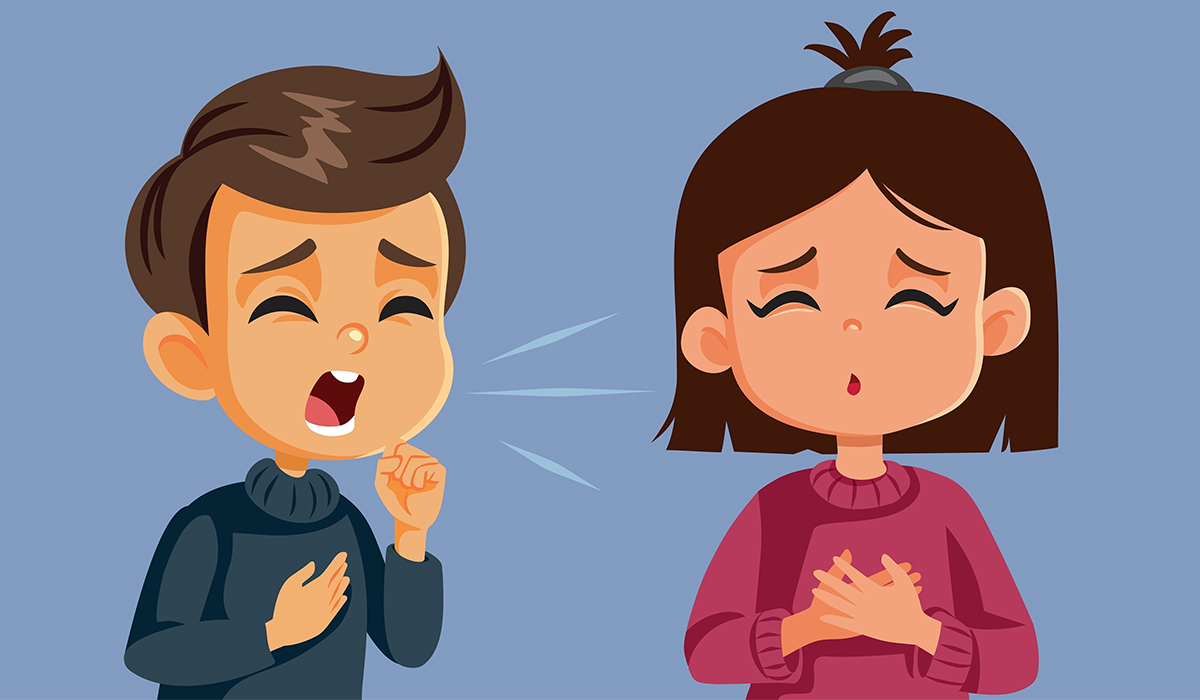
Cough is a natural, necessary reflex that protects the body from factors such as germs and pollens. When it is… read more »
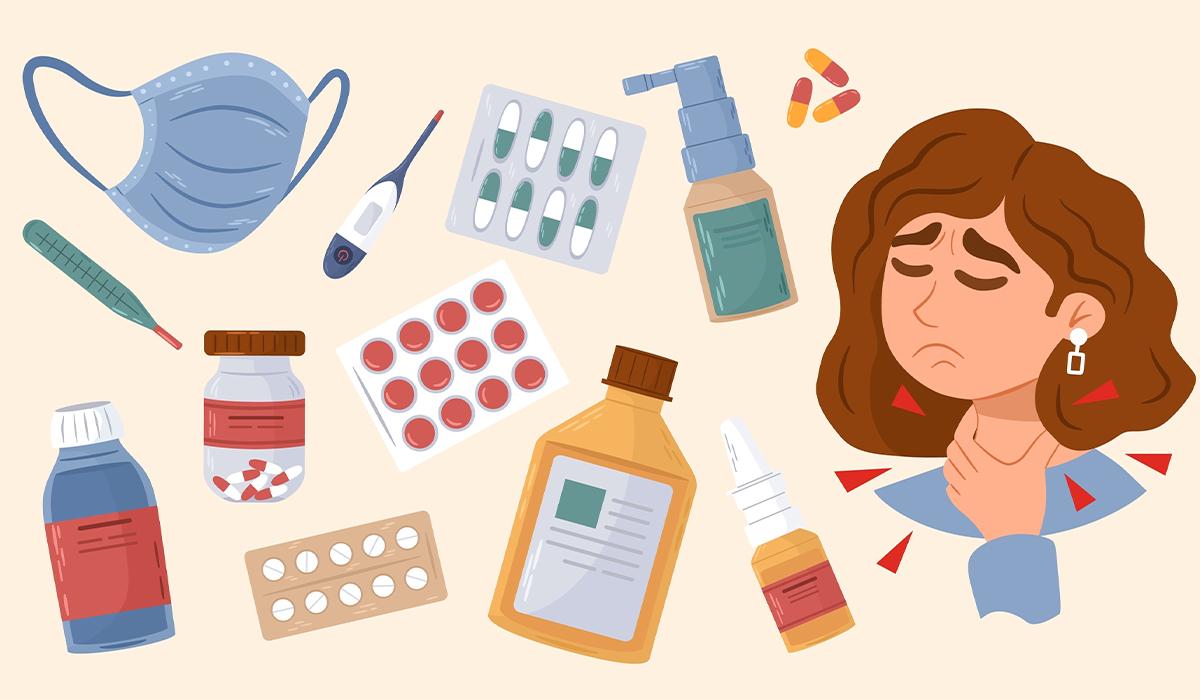
Discover Sore Throat Remedies for quick and effective pain relief. Many herbs and foods have healing properties. Learn how to… read more »

Bird flu is a disease that rarely affects humans these days. However, it is still possible to become infected. Learn… read more »

Strep throat is a bacterial infection that affects the throat and tonsils. Around 11 million people are infected with this… read more »
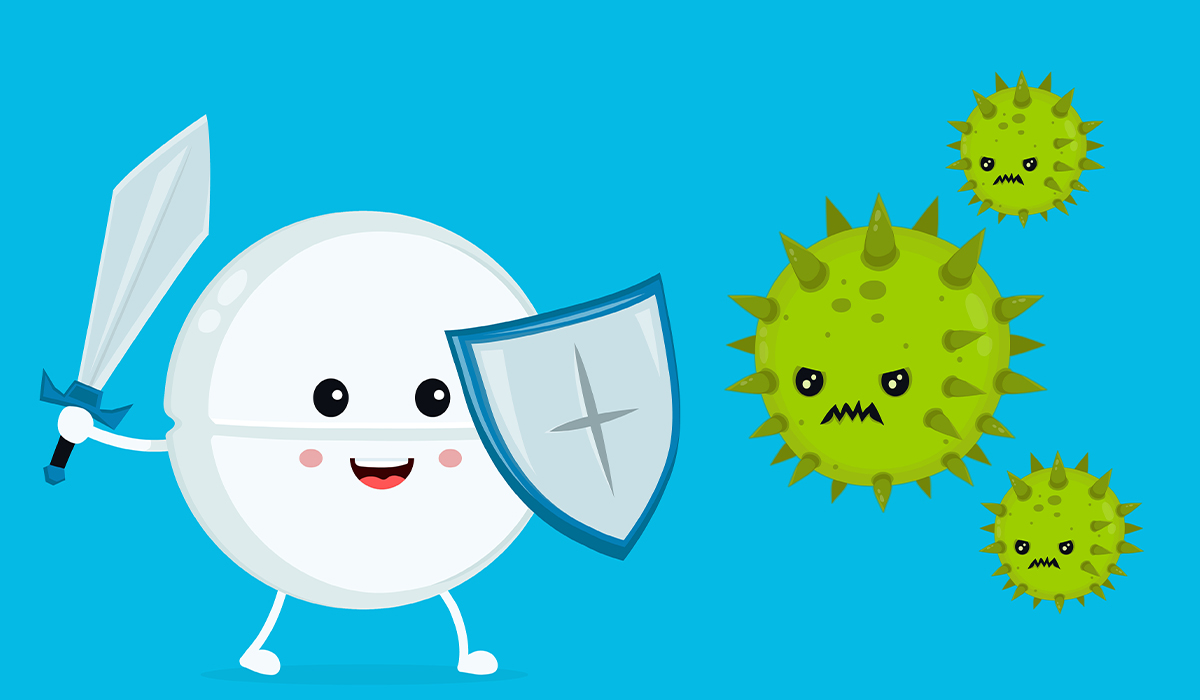
A viral infection occurs when a virus invades the body and begins to multiply. Viruses are tiny infectious agents that… read more »